The Structure of Hanfu

In this short article, we’ll break down The Structure of Hanfu into its basic Hanfu components. Hanfu is not just a single piece of clothing, but rather a combination of various Hanfu design elements that come together to create the beautiful, traditional outfits we know today. Whether you’re new to Hanfu or have been wearing it for a while, understanding how these elements fit together is key to appreciating its full Hanfu outfit structure.
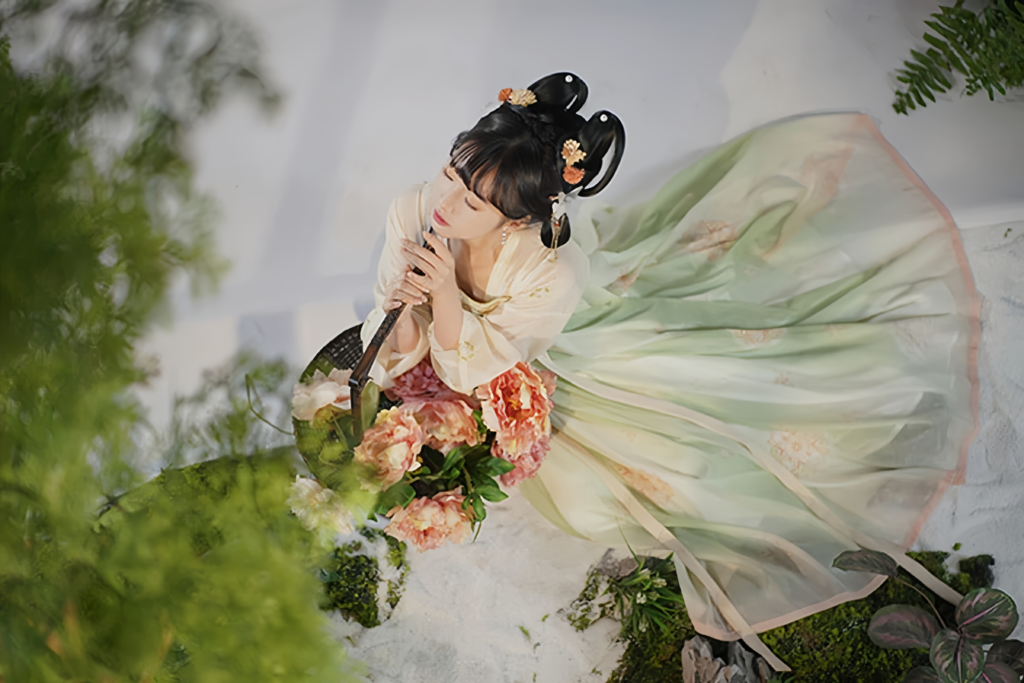
The Structure of Hanfu: What Goes Into Hanfu?
When we look at Hanfu, we can typically categorize it into a few major types: tops (or upper garments), bottoms (or lower garments), full-length robes, undergarments, outerwear, and accessories. In this article, we’ll focus mainly on the tops, outerwear, and full-length robes. It’s important to note that for these three categories of clothing, each of them has several important subcomponents that make them unique, contributing to the overall Hanfu outfit structure.
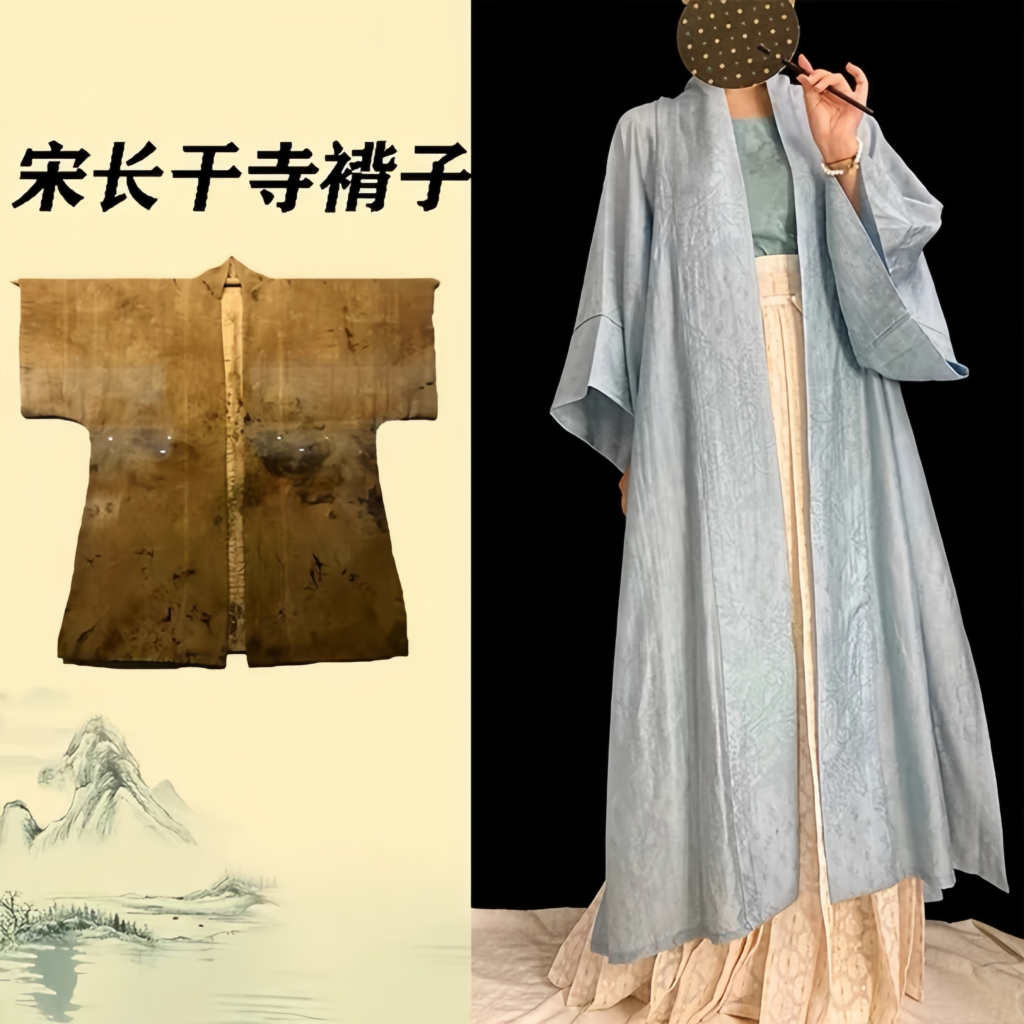
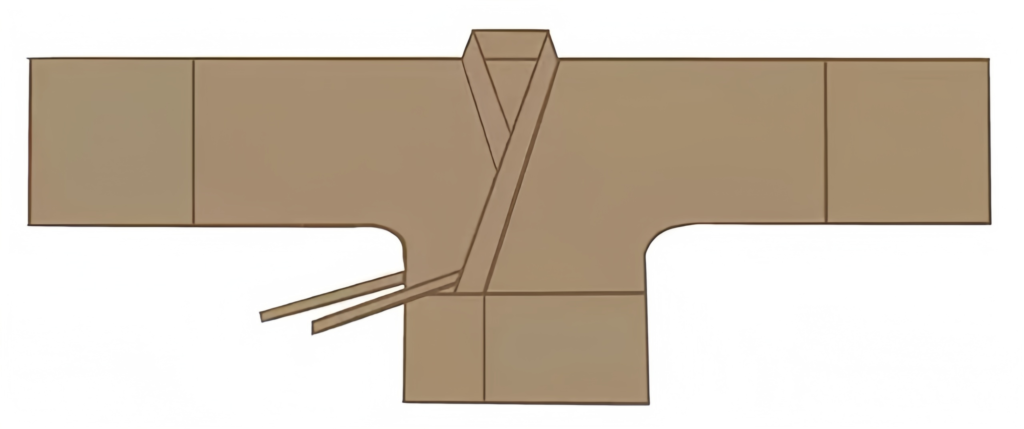
The Basics of Hanfu Tops, Robes, and Outerwear
Each type of Hanfu has its own specific structure. For instance, when you think about a “top” in Hanfu, you’re not just looking at the fabric itself but also at how it covers the torso, the back, and sometimes the upper arms. The design and structure of this upper garment tell us whether it’s a jacket, robe, or something else entirely. These elements are foundational for understanding what kind of Hanfu outfit structure you’re looking at, and we’ll explore them more in upcoming articles
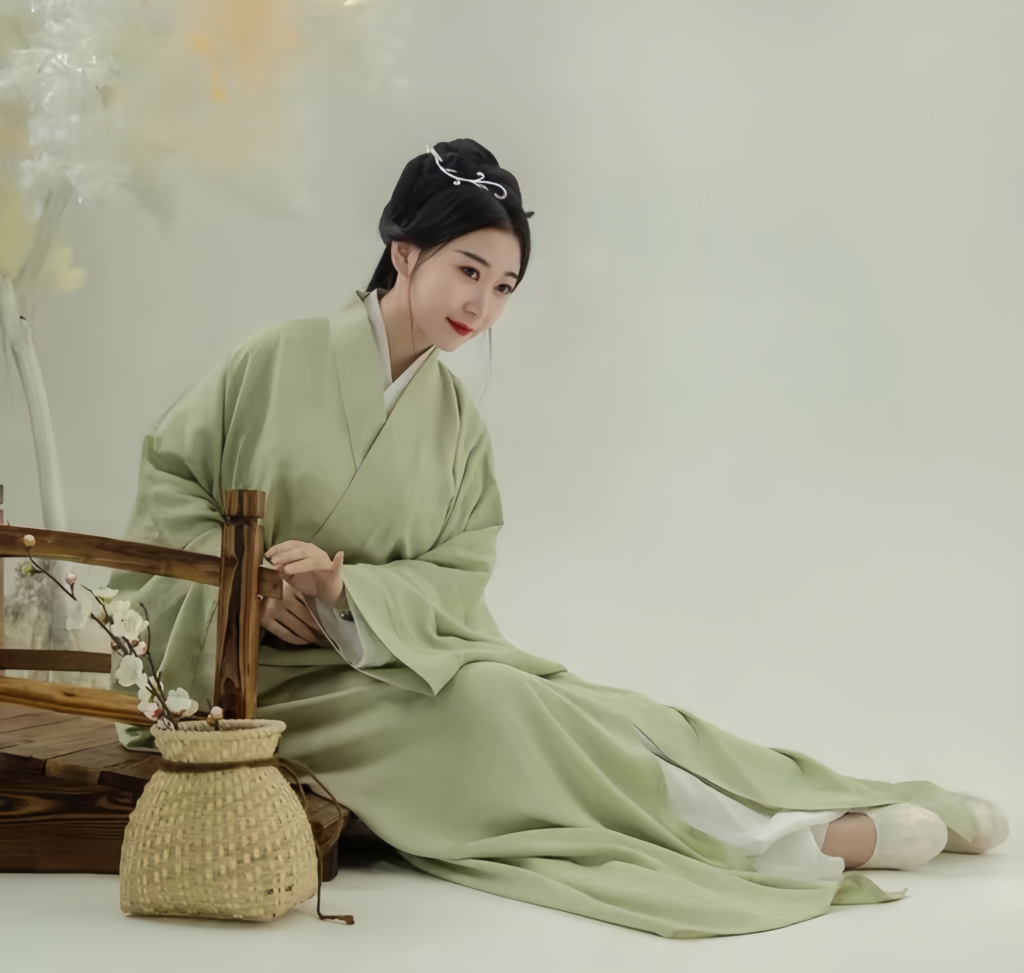
The collar is another aspect that comes in different forms. You might be familiar with the cross-collared style, which is very common, but there are other variations like the slanted collar or the flat collar. These styles have evolved across different dynasties, and each collar shape can dramatically change the overall look of the garment, often being paired with different types of Hanfu components.

Sleeves: More Than Just Wide Sleeves
Now, let’s talk about sleeves. Hanfu is famously known for its wide, flowing sleeves, but you might be surprised to learn that there are actually many variations. Yes, wide sleeves are a staple, but there are also narrow sleeve designs that are just as important to the Hanfu lineup. Depending on the style of the top or outerwear, you can find anything from exaggerated wide sleeves to more subtle, fitted sleeves, and each can give the garment a completely different vibe.

Just like with the collars, these sleeve styles can be mixed and matched with different types of body styles and collars, allowing for endless customization. Some sleeves, for example, are so wide they almost seem like extensions of the outfit itself, while others are more fitted, adding a structured look to the design.
Bottoms: Skirts, Pants, and Undergarments
Moving down to the bottoms, we generally have two main types: skirts and pants. Traditionally, skirts are a common choice for women, but Hanfu can also include pants, especially in certain historical periods. These garments might be simple, but their significance is no less important
When it comes to undergarments, I prefer to refer to them as “innerwear.” These aren’t just basic undergarments; they are often intricate layers that add both comfort and historical authenticity to the Hanfu outfit structure.
Accessories: The Cherry on Top
Lastly, we can’t forget about accessories. There are so many different types of accessories in Hanfu, from belts and sashes to headpieces and decorative pins. These little details can really make or break the look. Some accessories are purely functional, like the sashes used to secure the top or bottoms, while others are purely decorative, adding elegance and charm to the overall Hanfu components. The sheer number of accessories available is why it’s tough to cover them all in just one article.
To learn more about the history and culture of Hanfu, please visit: Hanfu styling tips and how to wear them


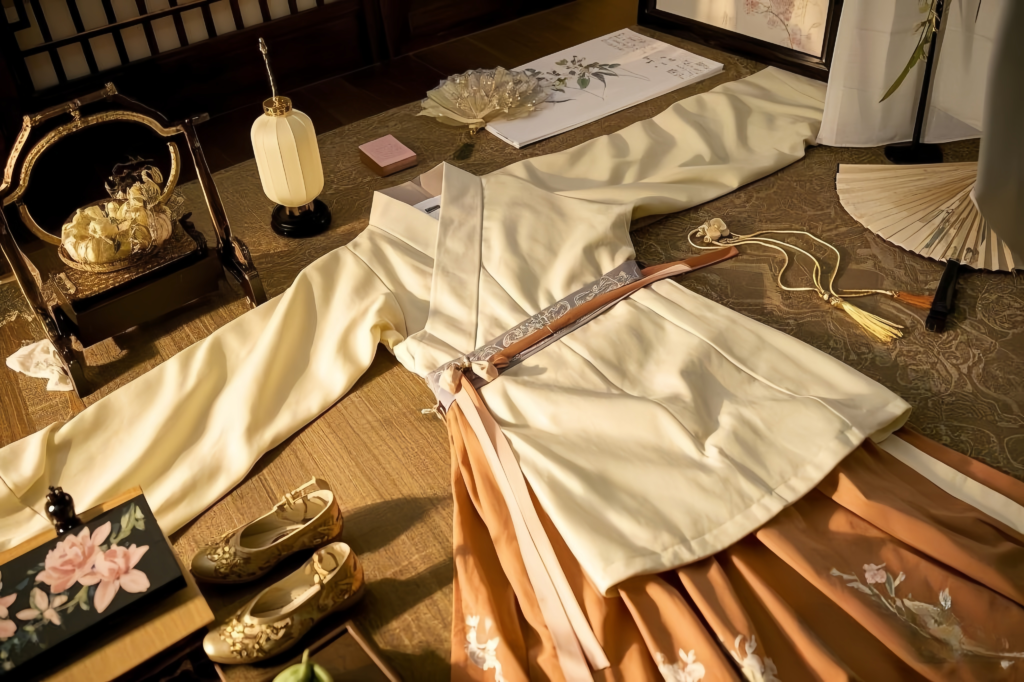

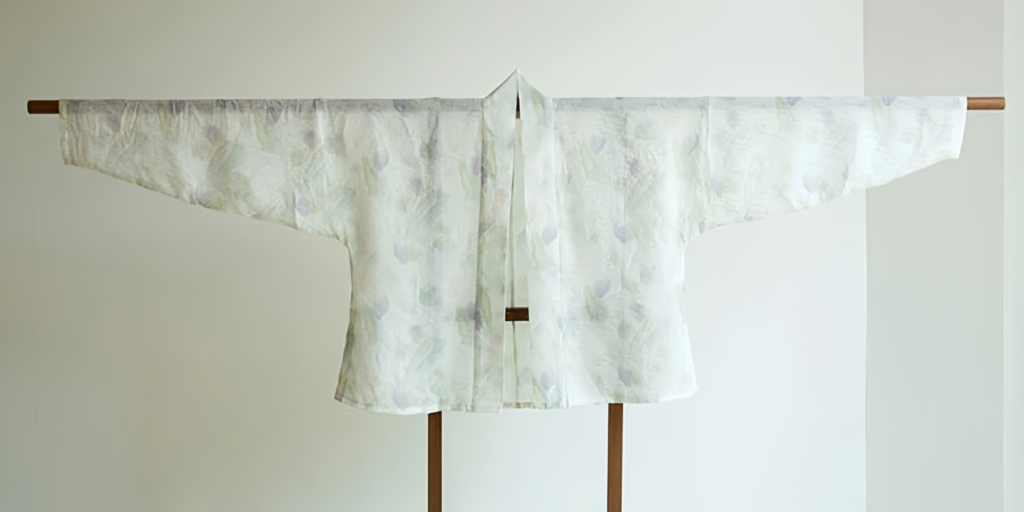
Responses